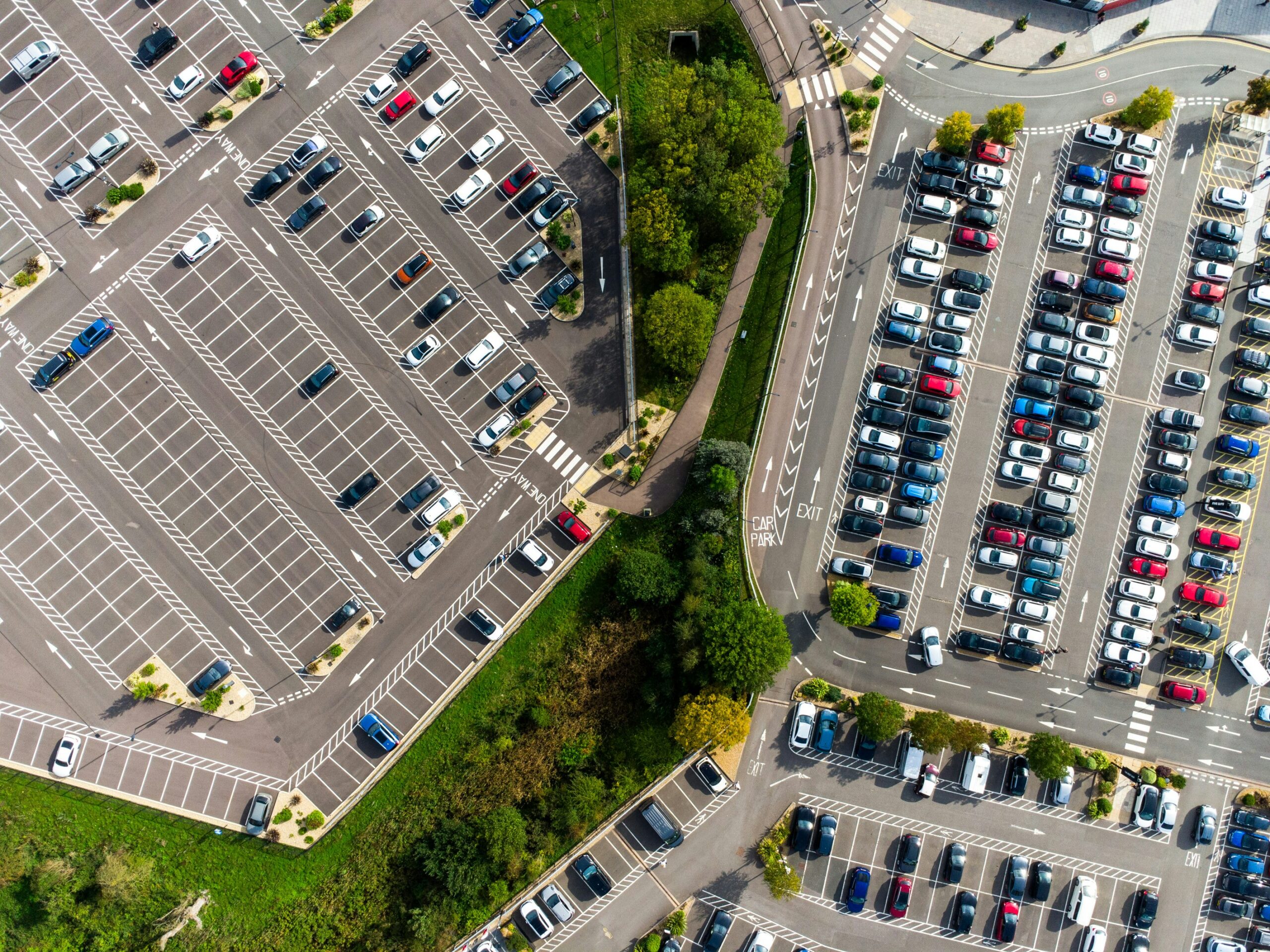A Car Parking Demand Assessment (CPDA), sometimes referred to as a Parking Demand Assessment (PDA), is a report that addresses exactly what you would expect – the car parking demands of a development.
A CPDA needs to consider a number of factors when determining the number of car spaces required for a development. These include:
- The nature of the development, such as development type or land use, development size or intensity (floor area, patron numbers, etc.), and proposed operating hours of the use.
- The location of the site, including level of access to public transport, pedestrian, and cyclist facilities, as well as the proximity of the site to nearby activity centres and other everyday services.
- The likelihood of multi-purpose trips to the site. For example, a gym would draw some patrons from nearby offices in an activity centre who have already travelled to the area for work.
- The nature of the car parking demands. That is, will the car parking demands be short-stay (customers, patrons, visitors) or long-stay (residents or staff).
- How the car parking demands vary over time. For example, a development with multiple land uses may have peak parking demands at different times.
- The existing demand for public parking in the area and any restrictions in-place. For example, is public parking readily available or is parking highly controlled (i.e. Permit Zone) to discourage people from driving to the area.
- An empirical assessment based on survey data or a case study. Amber have collected data for various land uses and have an internal database to draw on. The Guide to Transport Impact Assessment (2024) prepared by Transport for New South Wales (TfNSW) is also a great resource for empirical data.
Sometimes empirical data may not be available for a development, or a similar use may not exist to collect survey data. In these circumstances a first principles approach can be taken to forecast the likely car parking demands of a development. However, when taking a first principles approach, it is important to consult with the project team to understand how the site will operate and ensure any assumptions align with the proposal.
Once the car parking demands of a development are established, the requisite number of car spaces are either provided on-site as part, or there will be a shortfall of car parking. In situations where the car parking demands are not accommodated on-site, justification is required for consideration by the consent authority as to why this is appropriate. This may be due to the availability of public car parking in the area, a high provision of bicycle parking to support cycling, or strategic policy that aims to reduce cars traveling to the area.
At Amber we regularly prepare Car Parking Demand Assessments for all kinds of land uses. If you are looking for a highly qualified traffic engineer to assist with your application, please reach out to our team.


